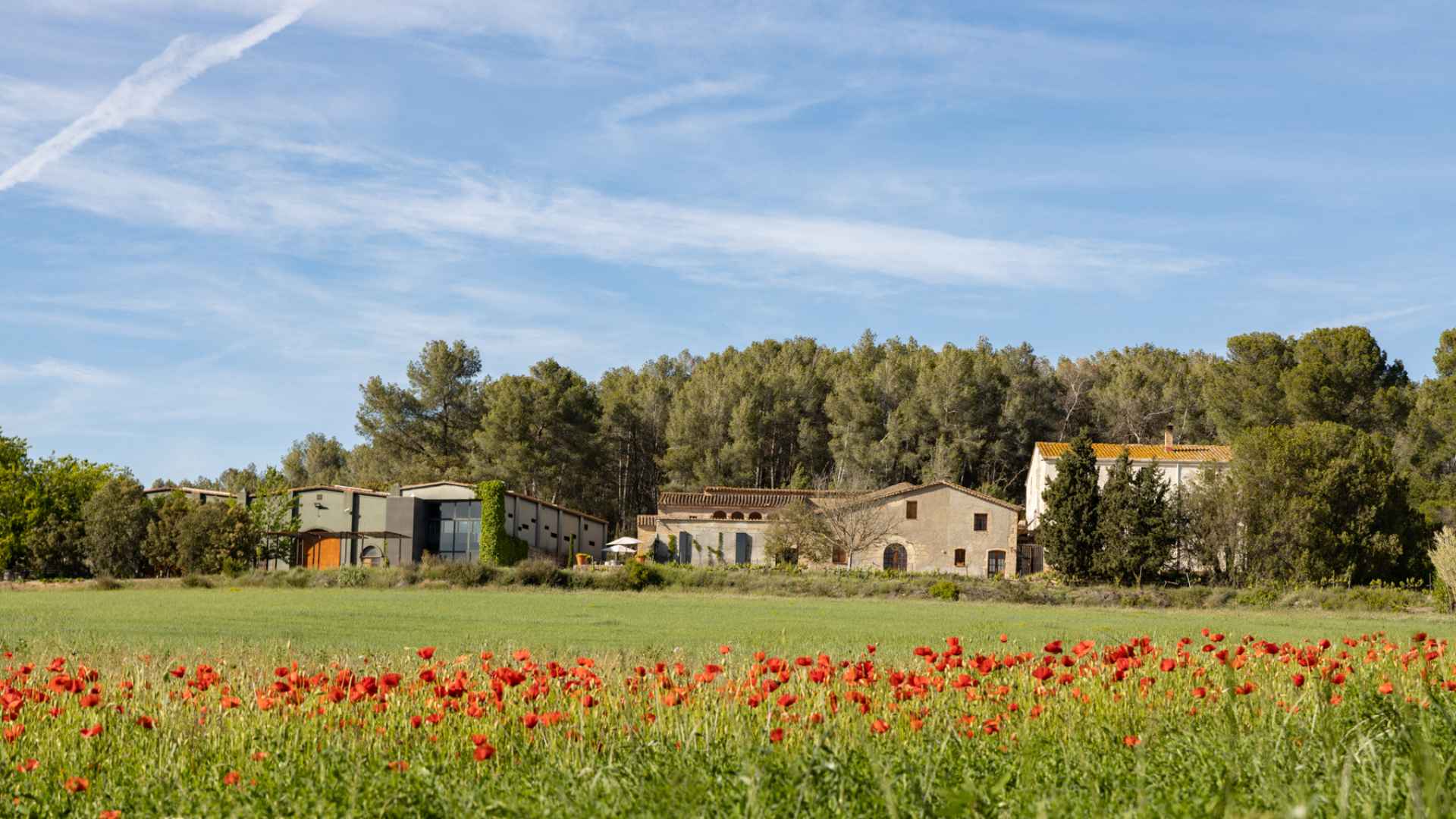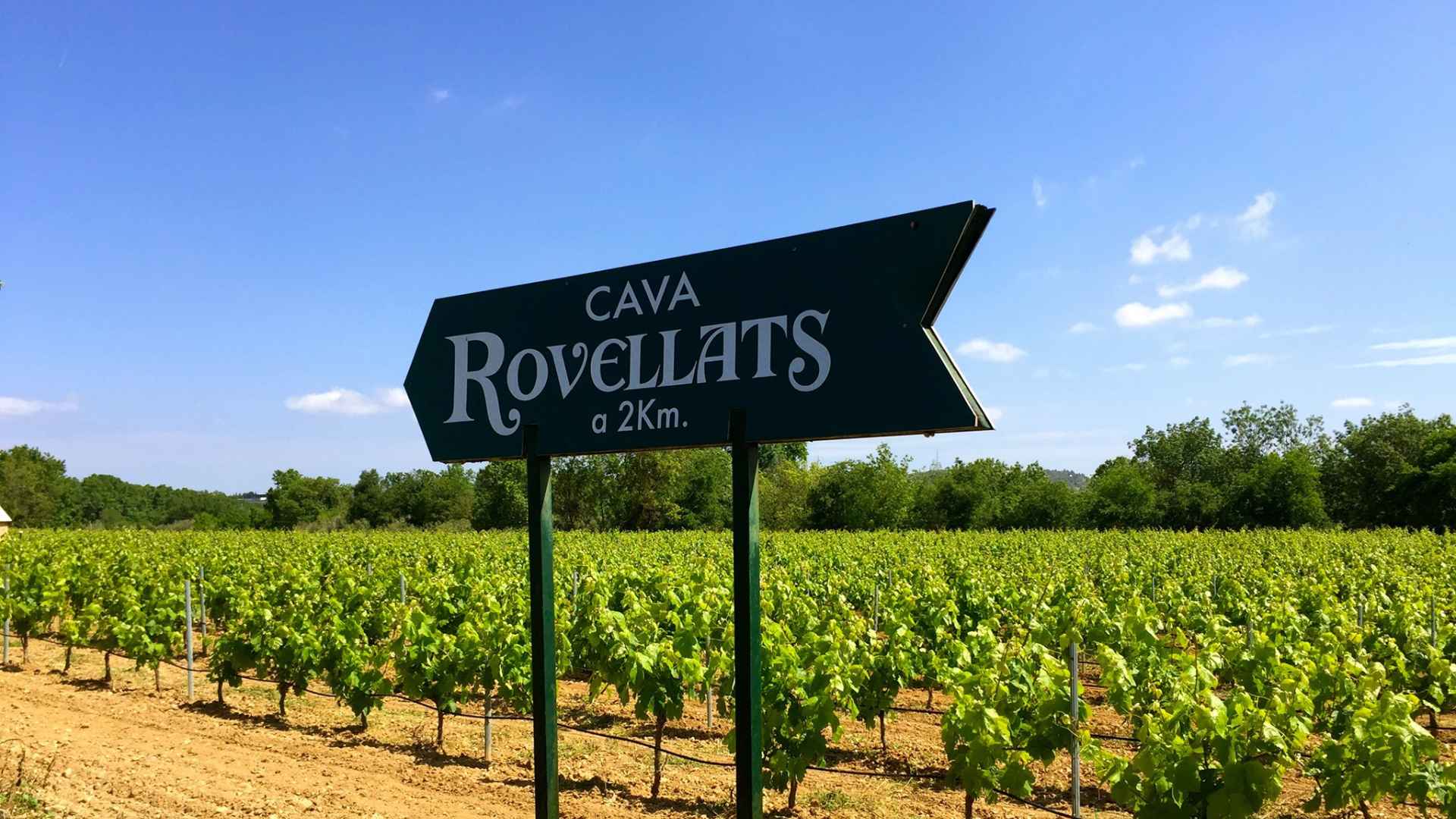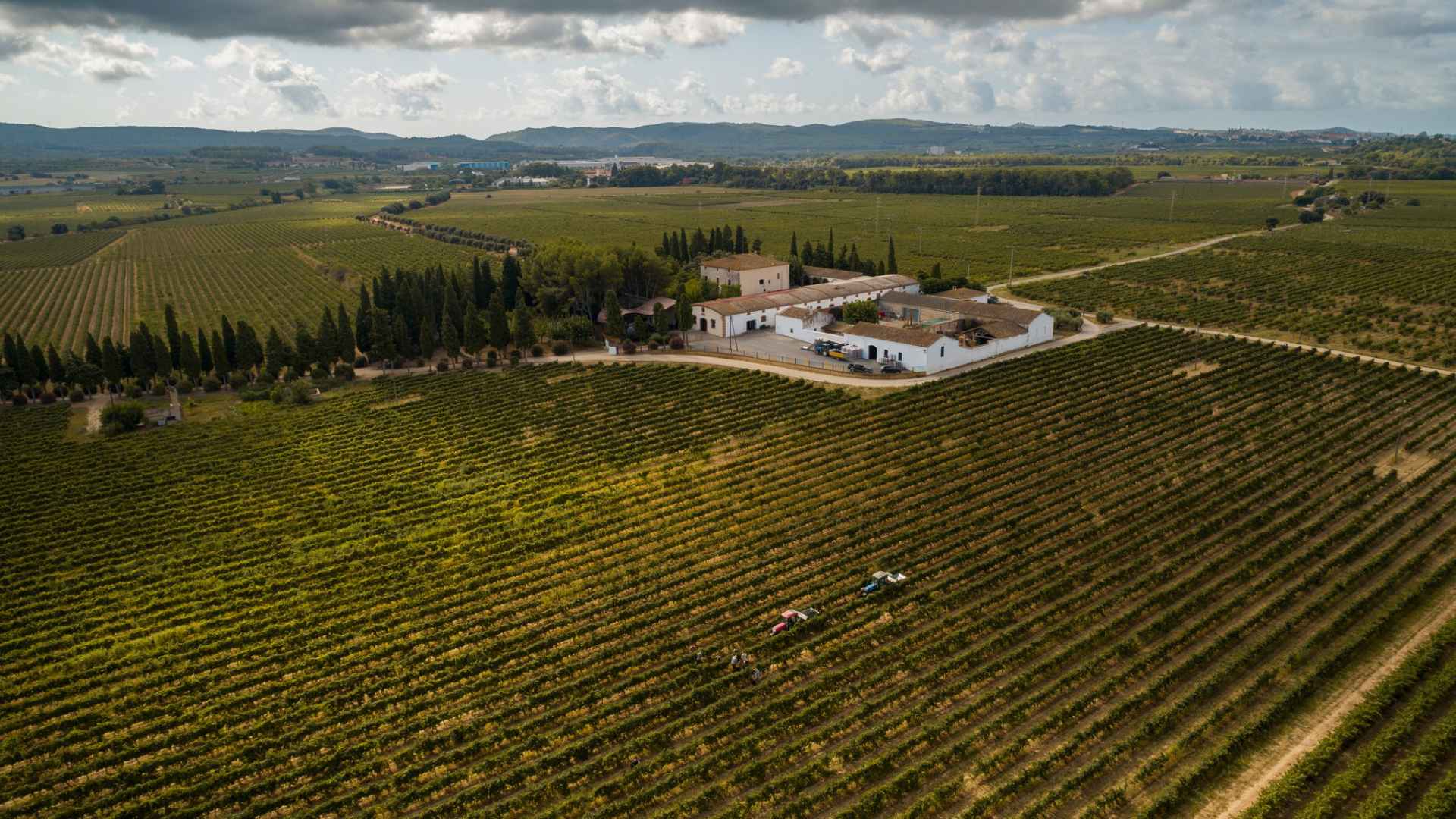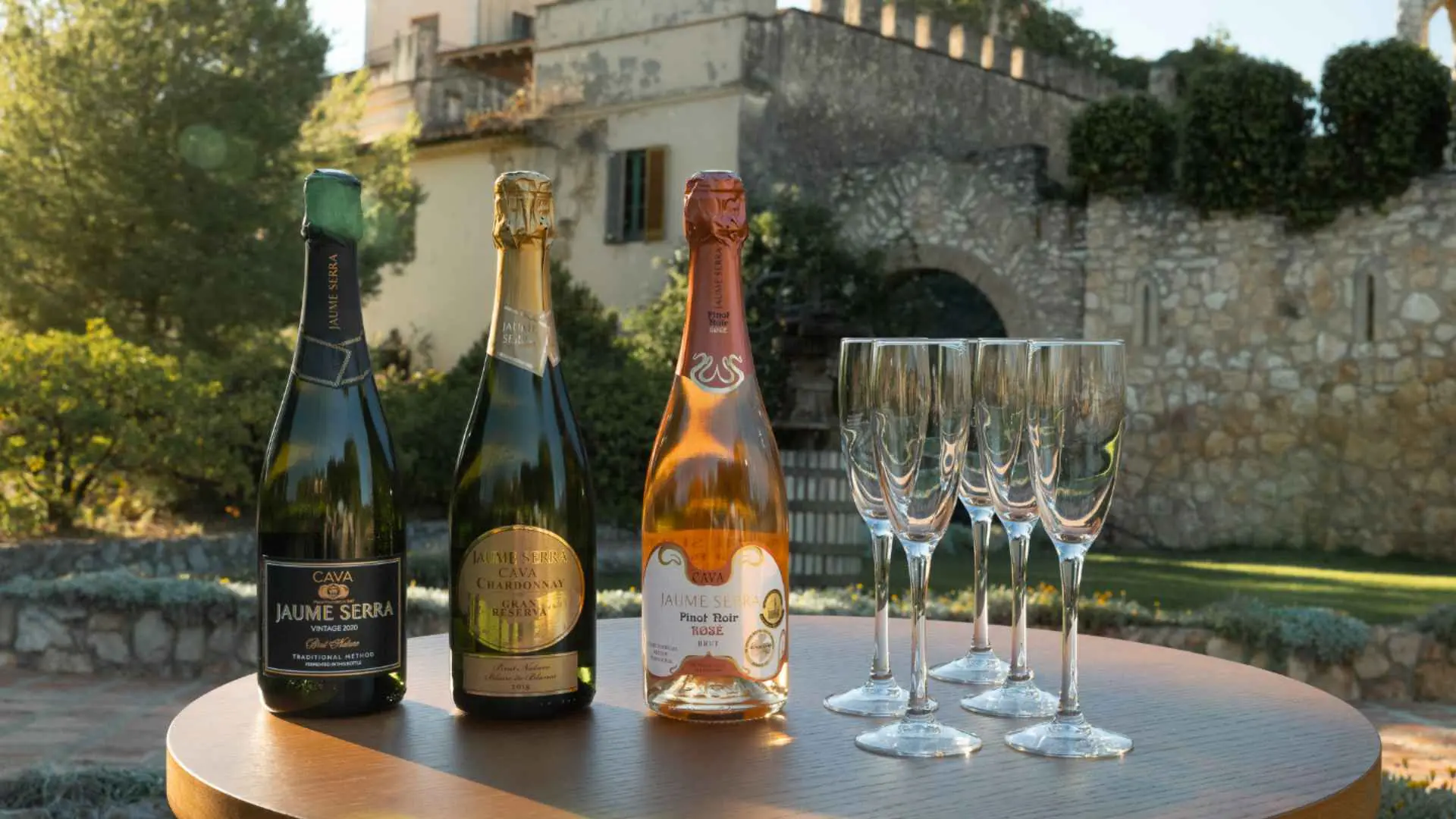Every year, wine lovers across the world raise a glass on International Cava Day, celebrated on the 12th of July. It’s more than a date—it’s a sparkling tribute to Spanish terroir, culture, and the joy of effervescence.
What is Cava? The Grapes Behind the Bubbles
Cava is Spain’s brilliant answer to Champagne. Made primarily in the sun-kissed vineyards of Catalonia, Cava follows the revered méthode traditionnelle, with its elegant bubbles forming naturally in the bottle. But make no mistake: this isn’t an imitation, it’s an original. With native Spanish grapes like Macabeo, Xarel·lo, and Parellada, Cava pulses with its rhythm—crisp, vibrant, and alive.
The magic behind Cava’s seductive sparkle lies in its native Spanish grapes—each bringing its flavor to the party. Macabeo sets the stage with light, floral charm and a whisper of fruit. Xarel·lo turns up the intensity with bold structure and a zesty edge, while Parellada adds a touch of elegance, freshness, and fragrant finesse. For extra flair, winemakers sometimes blend in Chardonnay or Pinot Noir, adding a premium touch to Cava.
And when it’s time to blush, Cava Rosado steps in—combined with Garnacha, Monastrell, or Trepat—for a splash of color and juicy red fruit that dances on the palate.
A Brief History of Cava
Cava originated in the 1870s in Sant Sadurní d’Anoia, near Barcelona, when local winemakers adopted Champagne’s secondary fermentation technique. By the early 20th century, it had become a national treasure. Despite economic crises, phylloxera, and war, Cava endured and successfully thrived.
Why Celebrate International Cava Day?
International Cava Day is more than just a toast—it’s an invitation to explore, to wander, to fall in love with something new. Think warm summer nights, al fresco tables, and that crisp, golden glass catching the last rays of daylight. It’s not just about drinking—it’s about feeling, discovering, and enjoying.
How Is Cava Made?
Cava is made using the classic traditional method, just like Champagne:
- Base Wine Creation – Still wine is made from select grapes.
- Second Fermentation – Wine is bottled with yeast and sugar.
- Aging – Bottles rest on the lees (dead yeast cells), adding complexity.
- Riddling and Disgorging – Bottles are turned to remove sediment.
- Dosage – Sugar is added—or skipped—to set the wine’s sweetness level.
- Corking – Bottles are sealed and ready to ship.
This method gives Cava its fine bubbles, toasty notes, and long-lasting elegance.
Cava Classifications
Cava isn’t one-size-fits-all. Here’s a detailed breakdown:
By Sweetness:
- Brut Nature – bone dry, no sugar added
- Extra Brut – very dry
- Brut – dry, balanced
- Extra Seco – off-dry
- Seco, Semi Seco, Dulce – increasingly sweet
By Aging:
- Cava – minimum 9 months aging
- Reserva – minimum 18 months
- Gran Reserva – minimum 30 months
- Cava de Paraje Calificado – single-vineyard, premium Cava, aged at least 36 months
Extended aging creates finer bubbles and deeper, more complex flavors.
Cava vs Champagne vs Prosecco
Wine travelers often ask: What’s the difference?
- Cava and Champagne are both made using the traditional method.
- Cava offers a unique Mediterranean freshness, with notes of citrus, herbs, and almonds.
- Prosecco, from Italy, is made using the tank method, resulting in lighter bubbles.
Price-wise, Cava often offers exceptional value compared to Champagne.
Cava’s Origins & Distinctive Traits
More than 95% of Cava is produced in Catalonia, with Sant Sadurní d’Anoia as its historic center. Other regions like Valencia, Extremadura, La Rioja, Aragón, and Navarra also contribute unique styles to Cava’s diversity.
Cava’s distinct character comes from indigenous grapes and the Mediterranean terroir, with aging minimums protected by DO regulations to ensure quality. Cava complements a wide range of foods effortlessly—from tapas and seafood to paella, jamón, and even sushi.
Cava Tourism: Where to Go
Visiting Catalonia? Don’t miss the Cava Trail. Top spots include:
- Codorníu – One of Spain’s oldest wineries
- Freixenet – Iconic bubbles with engaging tours
- Recaredo – Biodynamic, aged, and handcrafted
- Gramona – Family-run, elegant, and cellar-aged
- Alta Alella – Organic wines with a charming sea view
Many wineries offer underground cellar tours, tastings, and pairing experiences. Cava producers increasingly follow organic, low-intervention, and sustainable practices. New DO (Denominación de Origen) rules now require zonal labeling, longer aging, and vintage and vineyard origin, boosting quality and global prestige.
How to Celebrate International Cava Day
Here are some ways to enjoy Cava wherever you are: host a tasting to compare different styles, aging levels, and sweetness; pair Cava with local dishes—from oysters and tapas to fried chicken; visit a Cava bar or Spanish wine lounge; join a virtual tour or masterclass; buy a bottle from a boutique producer to discover new expressions; and toast with friends.
Travel Tip: Best Time to Visit the Cava Region
The ideal time to visit is from late spring through autumn. September and October mark the harvest season—perfect for witnessing the grapes in action. July brings International Cava Day alongside vibrant summer festivities.
Fun Facts About Cava
- Cava means “cave” in Spanish, referring to underground cellars
- Spain exports Cava to over 100 countries
- Over 200 million bottles are produced annually
- It was originally labeled as “Champaña” until EU regulations changed in the 1970s
- Some Cava is aged for over 10 years—incredible complexity
Pro Tip: How to Serve Cava
- Chill to 6–8°C (43–46°F)
- Don’t overchill—it mutes flavors
- Use a white wine glass, not a flute (for more aroma)
- Enjoy fresh, but aged styles (Reserva and Gran Reserva), which can evolve in the bottle
Winera experiences in Spain featuring chances to enjoy Cava
Vins El Cep - Visit Vins El Cep
 (Catalonia, Spain)
(Catalonia, Spain)
Visit Vins El Cep for a guided experience that reveals the rich history behind the union of four winegrowing families and estates since 1980. Located in the heart of Penedès, the tour includes a scenic walk-through vineyards and forests, a visit to the winery, and a tasting of two cavas and two wines (white, rosé, red, and sparkling). The experience lasts 1 hour and 30 minutes, is available in English and Spanish, and welcomes groups of 2 to 20 people.
Cava Rovellats - Visit 360 Degrees from the Vine to the Cup
(Catalonia, Spain)
A private guided tour that begins with a stroll through the Rovellats vineyard, glass of Blanc de Primavera in hand. Guests discover the land, the vines, and the time-honored tradition behind each bottle of Rovellats cava. The experience continues in the historic winery with a tasting of four exceptional cavas — two Reserva and two Gran Reserva — perfectly paired with Iberian ham, local artisan cheeses, tomato-rubbed bread, toasted almonds, and Vilafranca’s signature Catania sweets. The journey concludes in the original 15th-century kitchen of the Masia S. XV, where every detail reflects elegance and passion.
Cava Rovellats - Premium Visit

(Catalonia, Spain)
Wander through lush modernist gardens and explore the 15th-century Masia and its intimate family chapel, a tribute to the “Moreneta.” Descend into our one-of-a-kind radial cellar, 12 meters underground, where time and silence shape our finest cavas. Witness the manual disgorging of a perfectly aged bottle, then indulge in a guided tasting of four exceptional cavas, paired with artisanal cheeses.
Cava Oriol Rossell - Discover Oriol Rossell

(Catalonia, Spain)
Uncover the charm of Cal Cassanyes, a historic 17th-century estate nestled among lush vineyards. This engaging visit takes you through the family's rich legacy, from the old farmhouse to the elegant modernist cellar where their wines and cavas come to life. End your journey with a guided tasting of four wines and/or cavas, perfectly paired with a light aperitif—a celebration of tradition, terroir, and timeless passion.
Bodega Jaume Serra - Visit Jaume Serra

Indulge in the magic of Jaume Serra cava with a seductive view of the sea. This intimate, guided experience begins with a serene walk-through sun-kissed vineyards, where guests connect with each grape’s essence. Inside the winery, uncover the secrets behind the bubbles—from the crush to the blend, and the time-honored traditional method. Stroll among 50 million resting bottles before ending with a sensual tasting of our finest cavas, kissed by the breeze and bursting with elegance. A toast to indulgence awaits.
The Future of Cava
Winemakers are producing single-vineyard expressions that reveal the soul of the land, implementing longer aging for richer complexity, and adopting minimal-intervention practices that let nature shine through. Premium tiers like Cava de Paraje Calificado are redefining luxury. The world is awakening to Cava’s true essence—not just as a party starter, but as a sparkling wine for those who crave serious, seductive enjoyment.
Final Toast
International Cava Day celebrates Spain’s sparkling soul. Whether you’re opening a bottle on your balcony or exploring Catalonia’s vineyards, raise your glass. With every glass of Cava, you taste the sun, the past, and the joy of celebration.
¡Salud! 🥂
Hashtags:
#Winera #Travellier #wine #InternationalCavaDay #CelebrateCava #SpanishSparkle #CavaLovers #SparklingWine #CavaTime #CatalanWine #CavaHistory #WineWithBubbles #EffervescentJoy #TasteSpain #CavaCheers
